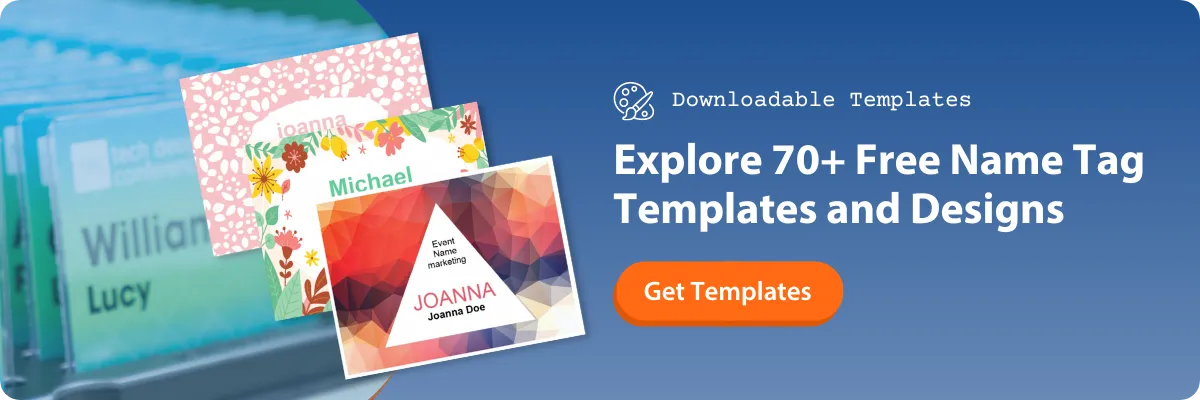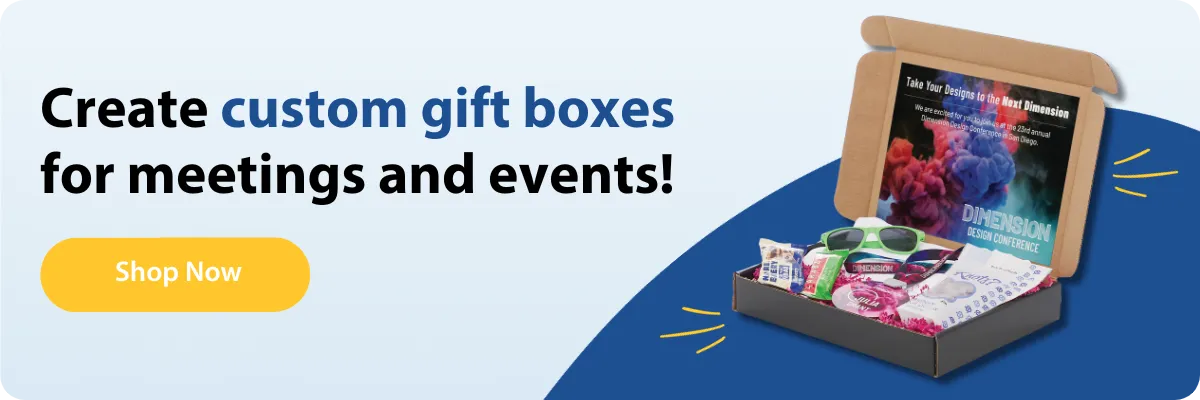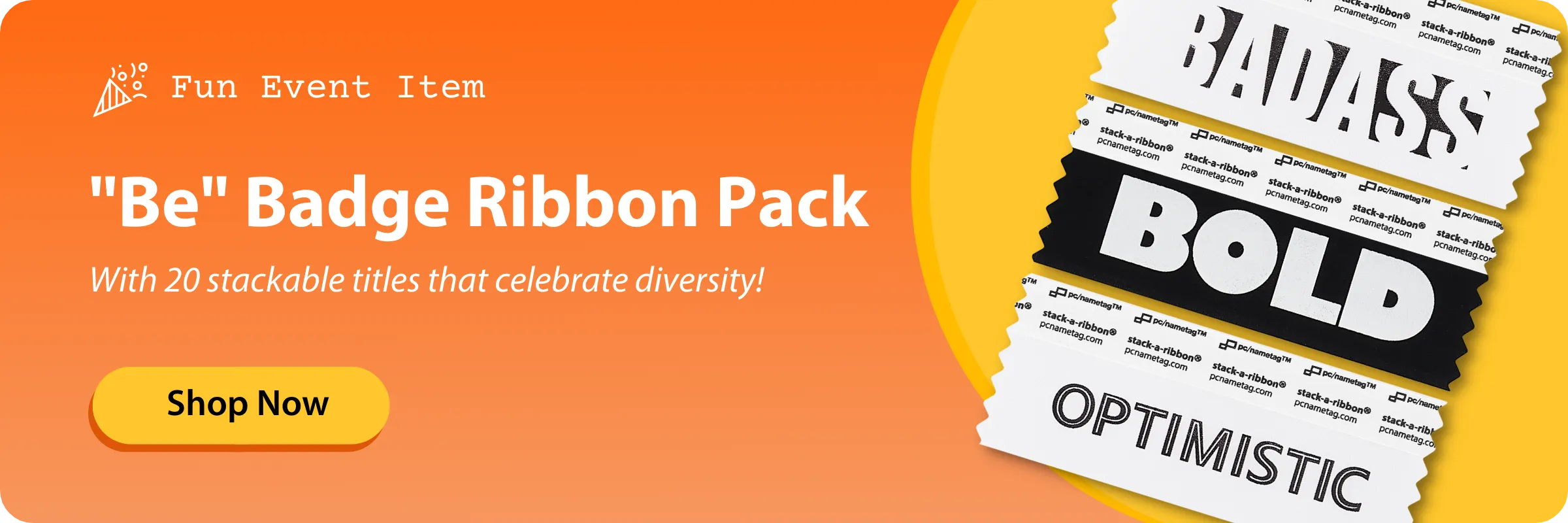Hey there, event planner! If you're like me, then you can appreciate all the ways that hybrid events make our industry better. Not only are they fun and engaging, but they've also become a go-to way to give attendees the flexibility they're looking for to attend events either in person or virtually.
But how, exactly, can event professionals create a unique and inclusive event experience that engages every attendee? Here are my top tips for creating successful meetings and hybrid event experiences that bring people together and make an impact they won’t forget!
What is a hybrid meeting?
A hybrid meeting is a social gathering where attendees can enjoy the same event experience simultaneously by participating in person or online. Hybrid events are unique because they combine both live and virtual components to let every person participate, no matter their location.
For instance, a live audience might watch a keynote speaker in real time while a camera live-streams the same presentation to an online audience. I love hybrid events because they provide the flexibility many people are looking for in choosing how to attend. Budget, travel, health, and venue space limitations may prohibit some from attending live.
Another perk is that many hybrid events offer on-demand content recordings after the meeting is over. This is a great offering for everyone in attendance. Anyone can catch up on sessions they missed, or simply re-watch content they loved at the event.
Top Hybrid Event Examples
Hybrid events are here to stay. Not only do they effectively intertwine virtual and live experiences, but they also empower event organizers to expand their audience beyond the venue location alone. Anyone around the world can attend a hybrid event as long as they have an electronic device and access to the internet.
Wondering what a hybrid event looks like? The reality is that almost any social gathering can be hybrid. All you need is an on-site gathering location for live attendees, and an app or virtual event platform for online attendees to use.
Hybrid event examples include the following:
|
|
Hybrid Meeting Examples I've Loved
While there are countless organizations that host amazing hybrid events each year, HubSpot and Cvent are two shining examples that I've had the chance to experience for myself.
INBOUND Conference by HubSpot
INBOUND is an immersive, hybrid event experience for sales and marketing professionals. This event is filled with educational sessions led by industry experts, all of which are held in person and live-streamed to a massive online audience. I've loved having the opportunity to hear inspirational speeches from world leaders and celebrities, all from the comfort of my own home.
Cvent CONNECT
Cvent CONNECT is another outstanding user conference for event planners, marketers, and hospitality professionals. This hybrid conference covers cutting-edge event technology innovation and I've been fortunate enough to attend live. Cvent does an outstanding job ensuring online attendees feel just as included, engaged, and excited as its live event attendees thanks to its user-friendly event platform.
Every attendee deserves a memorable experience, no matter how they attend. It's up to you as an event planner to conduct research, implement audience engagement tools, and create an agenda that brings everyone together. Read on to find out how to make your hybrid event immersive, engaging, and meaningful to every attendee.
Hybrid Meeting Best Practices for Event Planners
Most event planners would agree that hybrid events can be tricky. While everyone wants a memorable event experience, the truth is that virtual and on-site attendees have different needs and requirements. What's even more difficult is finding a combination of solutions that keeps everyone happy.
While it's true that hybrid meetings take a bit of extra planning, the right strategies can help you plan an unforgettable experience for everyone involved. Read on to find hybrid event tips that bring attendees together, no matter their location.
1. Use event badges as an audience engagement tool.
Did you know that you can use event badges to your advantage? First, they’re the perfect place to showcase your organization’s branding. Second, they’re a great part of a well-rounded event marketing plan. An eye-catching badge will encourage attendees to promote their experience on social media.
Provide name tags for both virtual and in-person attendees to empower everyone in attendance to feel more connected to one another. Seeing someone’s name is a great way to eliminate barriers, drive conversations, and spark networking. Plus, your organization will provide a more consistent brand experience at the same time.
Then, encourage attendees to post their badge photos to social media and add your event’s hashtag. This is one of the easiest (and most fun) audience engagement activities for capturing the moment and bringing awareness to your brand. Selfies can help drive connections between virtual and in-person attendees when posted to the social board in your event’s app. Push that hashtag and spark those connections!
2. Improve the event registration process with QR codes and digital event ticketing.
Once you’ve set your event date and booked your venue, you’re ready to make event registration fun. An enjoyable registration process will set the stage for solid first impressions of your event and organization.
Online event registration and digital ticketing can entirely eliminate the need for physical tickets at your event. Another alternative is to mail attendees a registration packet prior to the event. Not only can this be recycled, but it also ensures that attendees have their event badges, agendas, and other important information in hand before the event. Plus, you’ll eliminate those slow registration lines on-site. Your attendees will thank you!
3. Send a swag bag or box filled with event gifts.
If there’s one thing people love, it’s getting a surprise package in the mail. Creating an event-branded, curated gift box is one of the trendiest ways to show appreciation to attendees for signing up for your event. You can even use a gift box as an upsell opportunity for premium-level event tickets.
The advantage of custom event gift boxes is that they can include any type of apparel, event swag, agenda item, or marketing materials you’d like. Attendees can enjoy their box of goodies in their free time, take photos with their gifts, and feel included from anywhere in the world.
My suggestion is to provide the same durable goods for in-person and virtual attendees to build a sense of community and continuity for all. All attendees can share in the excitement of receiving a fun thank-you or welcome for being part of your event. Try including an envelope that attendees can open together at a specific time to help drive that connection and engagement.
- 🎁 With pc/nametag's gift box fulfillment services, we'll help you pick the perfect gifts, assemble them, and ship them on your behalf. We've seen event planners include name tags, branded promotional gifts, documents, speaker worksheets, and sponsor swag.
4. Customize conference ribbons for badges and name tags.
Hybrid events are the ideal opportunity to recognize participants, whether they’re your staff members, attendees, sponsors, volunteers, channel partners, or exhibitors. By showing appreciation for their participation, you’ll be able to capitalize on their attendance and foster connections with your brand.
Any event rewards and recognition can make a big difference in helping event-goers become active brand advocates. I suggest providing a badge ribbon wall to create helpful identifiers and great conversations. The best part is that badge ribbons are fully customizable! Choose from pre-printed options like “Sponsor,” “Exhibitor,” or “First Time Attendee,” or make your very own ribbon from scratch.
Hosting Hybrid Events Just Got Easier
I have always enjoyed creating interpersonal connections with the people I meet at events. While having a hybrid or virtual audience can make this in-person luxury a bit more challenging, there are still ways that you can bridge the gap to help attendees and exhibitors form connections with one another, no matter the type of event.
Engaging your attendees and providing a memorable experience is a must. With many live events now featuring an online component, this creates a whole new experience for attendees. Adding a virtual component is a great way to expand your attendee list to include those who have never had a chance to attend your event due to time or budget restrictions.
As hybrid events grow in popularity, the events industry is having to adapt. These big changes are feeding new ideas and creating creativity in every way imaginable, and I’m excited to see how the world of hybrid events continues to grow.






Submit a Comment